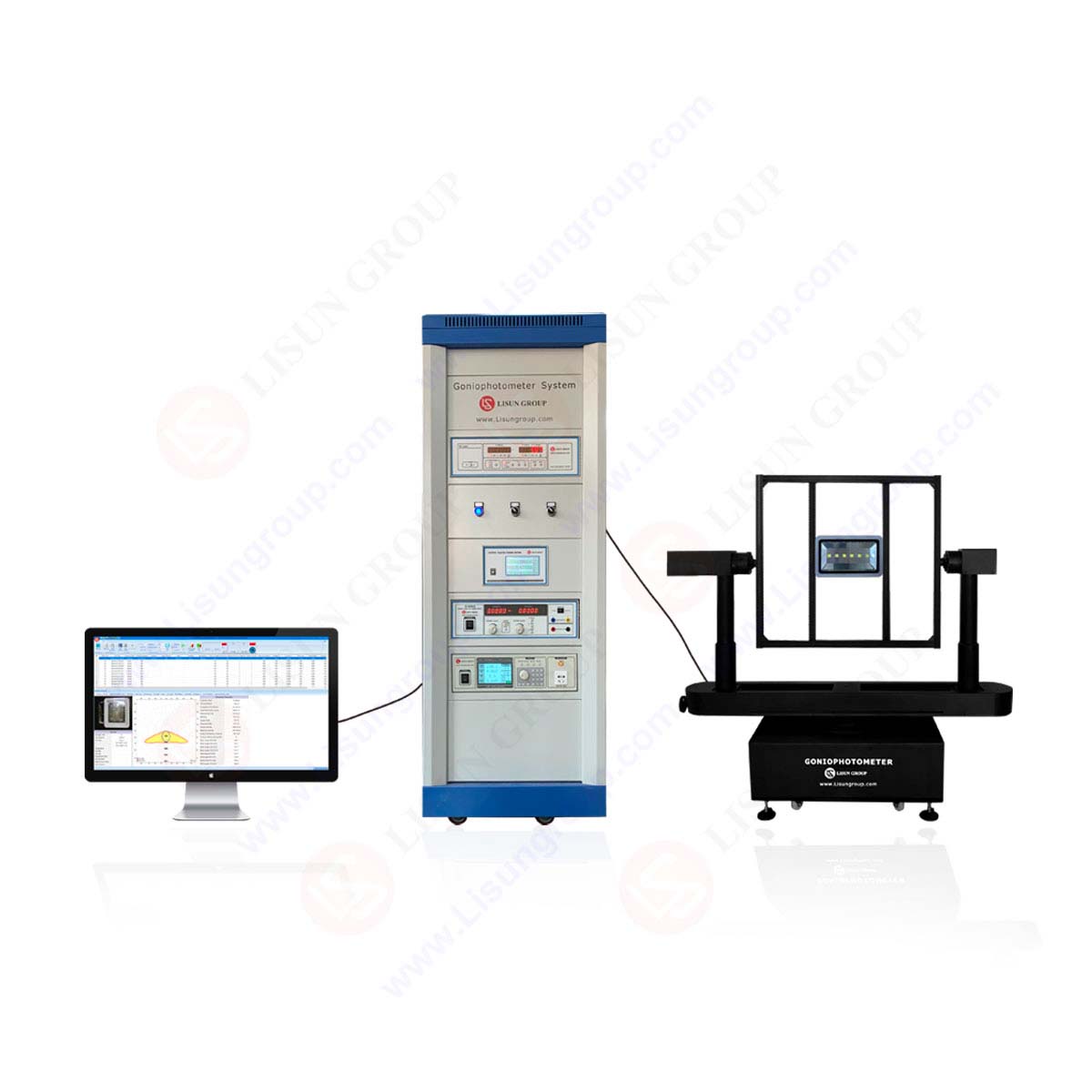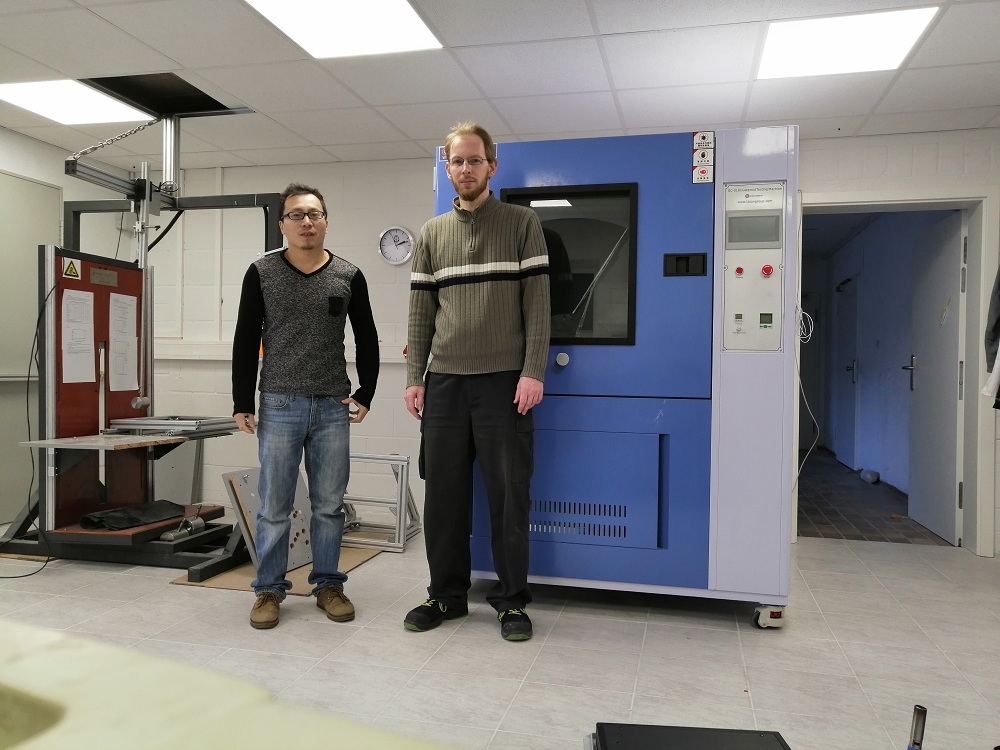Table of Contents
Effective Techniques for Success in Any Field
1. Goal Setting and Clarity
SMART Goals Framework
The SMART (Specific, Measurable, Achievable, Relevant, Time-bound) framework ensures goals are well-defined and actionable.
- Specific: Clearly outline what you want to accomplish.
- Measurable: Track progress with quantifiable metrics.
- Achievable: Set realistic goals within your capacity.
- Relevant: Align objectives with broader ambitions.
- Time-bound: Assign deadlines to maintain urgency.
Visualization Techniques
Visualization reinforces commitment by mentally rehearsing success. Athletes, entrepreneurs, and performers use this to enhance performance.
- Daily Mental Rehearsal: Spend 5-10 minutes imagining successful outcomes.
- Vision Boards: Create a collage of images representing goals.
- Written Affirmations: Reinforce intentions with positive statements.
2. Time Management Strategies
Pomodoro Technique
This method boosts productivity by breaking work into intervals (typically 25 minutes) followed by short breaks.
- Work for 25 minutes uninterrupted.
- Take a 5-minute break to recharge.
- After four cycles, take a longer 15-30 minute break.
Eisenhower Matrix
Prioritize tasks based on urgency and importance:
| Urgent & Important | Not Urgent but Important |
|---|---|
| Do immediately. | Schedule for later. |
| Urgent but Not Important | Not Urgent & Not Important |
| Delegate if possible. | Eliminate or minimize. |
Time Blocking
Allocate specific time slots for tasks to minimize distractions.
- Batch Similar Tasks: Group related activities (e.g., emails, calls).
- Deep Work Blocks: Reserve uninterrupted time for high-focus work.
3. Learning and Skill Development
Deliberate Practice
Mastery requires focused, intentional effort rather than repetition alone.
- Identify Weaknesses: Target areas needing improvement.
- Seek Feedback: Use mentors or performance reviews.
- Iterative Refinement: Continuously adjust techniques.
Spaced Repetition
Enhance retention by reviewing material at increasing intervals.
- Use Flashcards (Anki, Quizlet).
- Schedule Reviews: Revisit information after 1 day, 1 week, 1 month.
Feynman Technique
Simplify complex concepts by teaching them in plain language.
- Choose a topic and study it thoroughly.
- Explain it as if teaching a beginner.
- Identify gaps and revisit source material.
- Refine and simplify explanations.
4. Decision-Making and Problem-Solving
First Principles Thinking
Break problems into fundamental truths and rebuild solutions from scratch.
- Identify Assumptions: Question conventional wisdom.
- Reconstruct from Basics: Build new solutions logically.
SWOT Analysis
Evaluate Strengths, Weaknesses, Opportunities, and Threats for strategic planning.
| Strengths | Weaknesses |
|---|---|
| Internal advantages. | Internal limitations. |
| Opportunities | Threats |
| External possibilities. | External risks. |
Pro-Con Lists
Weigh benefits and drawbacks for balanced decision-making.
- Assign Weight: Rank pros and cons by importance.
- Compare Totals: Decide based on overall impact.
5. Communication and Influence
Active Listening
Improve understanding and rapport by fully engaging with speakers.
- Maintain Eye Contact: Show attentiveness.
- Paraphrase: Repeat key points in your own words.
- Ask Open-Ended Questions: Encourage elaboration.
Nonviolent Communication (NVC)
Resolve conflicts empathetically by focusing on needs rather than blame.
- Observe without judgment.
- Express Feelings honestly.
- Identify Needs underlying emotions.
- Make Requests (not demands).
Storytelling Techniques
Engage audiences by structuring messages narratively.
- Hero’s Journey: Present challenges, growth, and resolution.
- Emotional Hooks: Use relatable experiences.
6. Stress Management and Well-being
Mindfulness Meditation
Reduce stress and improve focus through present-moment awareness.
- Daily Practice: Start with 5-10 minutes.
- Focus on Breath: Gently return attention when distracted.
Progressive Muscle Relaxation
Release tension by systematically tensing and relaxing muscle groups.
- Tense a muscle group (e.g., fists) for 5 seconds.
- Release and notice the difference.
- Repeat for all major muscle groups.
Gratitude Journaling
Boost positivity by documenting daily appreciations.
- List 3-5 things you’re grateful for each day.
- Reflect on Progress: Review entries weekly.
7. Productivity and Focus Enhancement
Eliminating Distractions
Create an environment conducive to deep work.
- Digital Detox: Use apps (Freedom, Cold Turkey) to block distractions.
- Dedicated Workspace: Separate work from leisure areas.
Two-Minute Rule
If a task takes less than two minutes, do it immediately.
- Prevents Procrastination: Small wins build momentum.
Energy Management
Align tasks with peak energy levels.
- Morning Focus: Tackle high-cognitive tasks early.
- Afternoon Routine: Reserve meetings or admin work.
8. Financial and Career Growth
Compound Learning
Invest in continuous education for exponential career growth.
- Read Daily: Books, industry reports, case studies.
- Online Courses: Platforms like Coursera, Udemy.
Networking Strategies
Build meaningful professional relationships.
- Give Value First: Offer help before asking for favors.
- Follow Up: Maintain connections with periodic check-ins.
Negotiation Tactics
Secure better outcomes with structured approaches.
- Anchor High: Start with an ambitious offer.
- Silence Technique: Pause to encourage concessions.
9. Habit Formation and Behavioral Change
Atomic Habits
Small, consistent changes lead to significant results.
- Habit Stacking: Link new habits to existing routines.
- Environment Design: Make desired behaviors easier.
Implementation Intentions
Increase follow-through by planning specifics.
- “If-Then” Planning: “If [situation], then [action].”
Keystone Habits
Identify pivotal habits that trigger other positive behaviors.
- Exercise: Often leads to better diet and productivity.
- Morning Routine: Sets the tone for the day.
10. Creativity and Innovation
Brainstorming Techniques
Generate ideas freely before evaluating.
- Mind Mapping: Visually organize thoughts.
- Reverse Thinking: Consider opposite solutions.
SCAMPER Method
Innovate by modifying existing ideas.
- Substitute, Combine, Adapt, Modify, Put to another use, Eliminate, Rearrange.
Divergent Thinking
Explore multiple solutions rather than settling on one.
- Quantity Over Quality: Generate as many ideas as possible.
- Lateral Thinking: Approach problems from unconventional angles.
By integrating these techniques, individuals and organizations can optimize performance, achieve goals, and sustain long-term success.
Tags:goniophotometer-test
 中文简体
中文简体





